Plurals Word Match ves
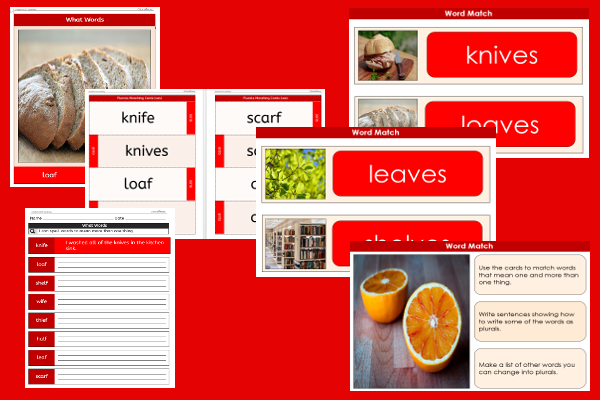
This English teaching pack for Key Stage Two gets the children to identify and record the pairs of singular and plural nouns that can match a spelling rule when adding ves to change a range of different words into plurals.
The class can define and model the meaning of some of the plural words they have created by writing example sentences related to the current classroom topic.
Download this teaching pack including display posters, classroom activities and an interactive presentation to identify and record the pairs of singular and plural nouns that can match a spelling rule when adding ves to change a range of different words into plurals
Activities in this teaching pack include display posters to identify and define the meaning of different plural nouns, a set of cards to identify singular and plural nouns that match a spelling rule when adding ves to change words into plurals and a template to write sentences using singular and plural nouns that match a spelling rule for plurals.
The interactive presentation gets the children to explore singular and plural nouns that match a spelling rule when adding ves to change words into plurals.
This lesson can support development in exploring how to identify and record how to convert a range of singular nouns into plurals when using a set of matching spelling rules. There are teaching activities for shared learning, differentiated worksheets to support independent learning and an interactive presentation to introduce concepts and key skills.
-
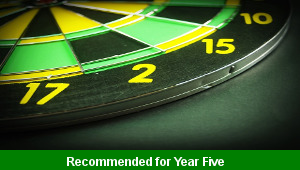
Number Rounding
Practise comparing and rounding numbers to six digits to their nearest ten, hundred and thousand by utilising the place value of their digits
-
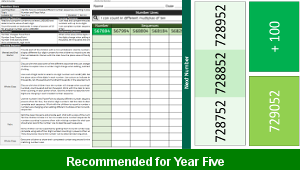
Number Lines Rules
Identify and record how to complete a selection of number sequences for five and six digit numbers when counting in steps of different powers of ten
-
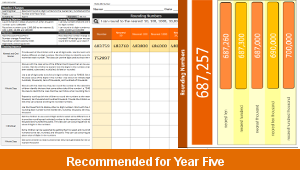
Rounding Number Changes
Explain and model how to round a range of different six digit numbers to the nearest ten, hundred and thousand by the place values of their numerical digits
-
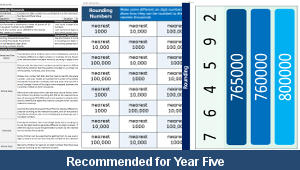
Rounding Thousands
Investigate how to compare a selection of different six digit numbers by rounding them to the nearest thousand using the values of their listed numerical digits
